
Front_Office_Operations
.pdf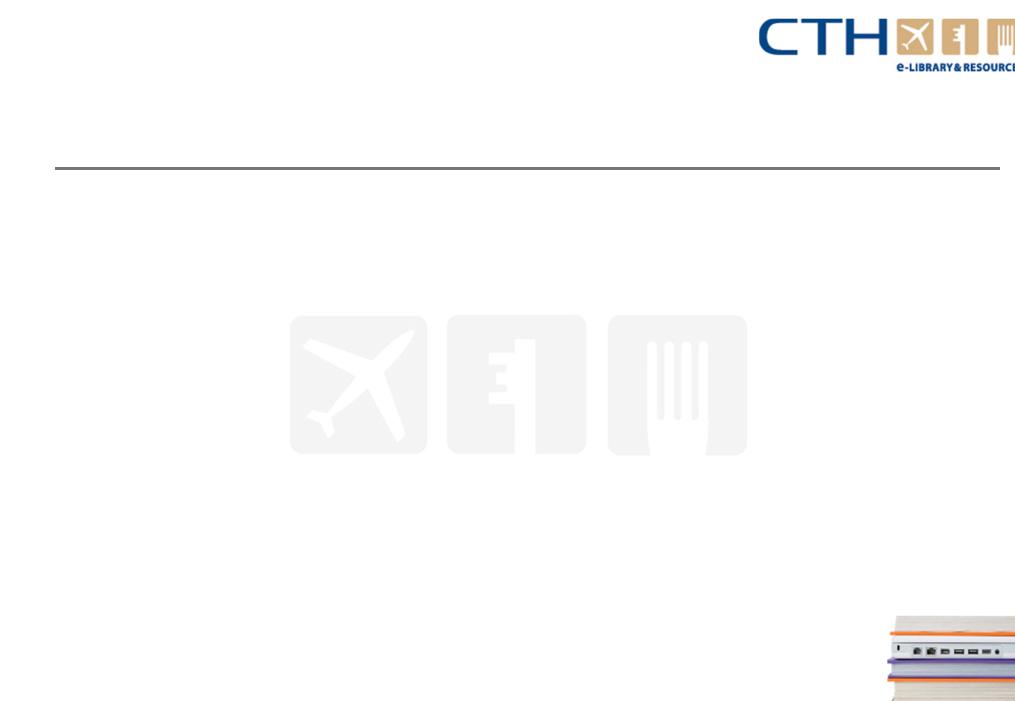
Chapter 3 – Check-in procedures
Receiving and checking-in guests
1.8 Information and services
Additional services, such as wake-up calls or newspaper delivery (discussed later) will be offered. And also check whether there are any messages or any mails for the guest which may have been sent to await their arrival.
Special requests by guests may need to be logged and passed on to relevant departments (e.g.. if special meals or medical requirements need to be notified). late check-out requests may need to be approved, e.g.. by checking that the room is not due for immediate re-occupancy. An additional charge may or may not be made for this facility, and will need to be notified to the guest at the time of request.
The facilities and lay-out of the hotel, and other information to make settling in easier for the guest, may be explained (e.g.. the location of the bar and restaurant, the services offered by the concierge, access to the pool or spa). Alternatively, guests' attention can be drawn to the comprehensive hotel information provided in 'Welcome folders' and Guest Directories in the rooms.
Guests can then be directed to their rooms (which floor they are on, where the lifts are and so on) and to be escorted by a member of the uniformed staff (to help with guest luggage).
www.cthresources.com |
Page 171 |
|
www.cthawards.com |
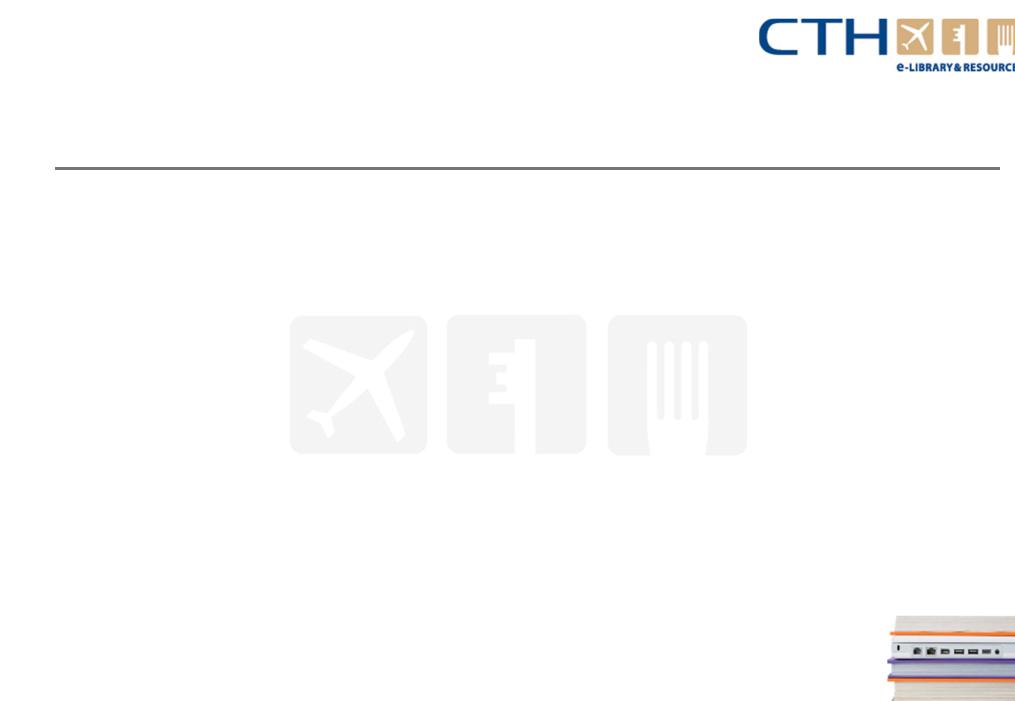
Chapter 3 – Check-in procedures
Receiving and checking-in guests
1.9 Follow-up administration
Once guests have departed for their rooms, reception has some follow-up work to do:
●Updating guest records. In a computerised reservation system, the receptionist can simply call up the guest's reservation file, and enter the fact that the guest has in fact arrived. There should then be fields available on screen to record new data, such as the guests preferred method of payment, credit card or voucher number and room allocation.
●Reception must inform other departments that the guest has now arrived and may require their services (if relevant).
●A guest billing account is opened, on which daily accommodation and additional charges will be posted, and from which the guest's bill will be prepared.
●The various room status and availability records will be amended, to show that the guest's room is now 'occupied' and unavailable for let. A computerised system should do this automatically once a room number has been a located, but a manual system will have to be updated by hand.
www.cthresources.com |
Page 172 |
|
www.cthawards.com |
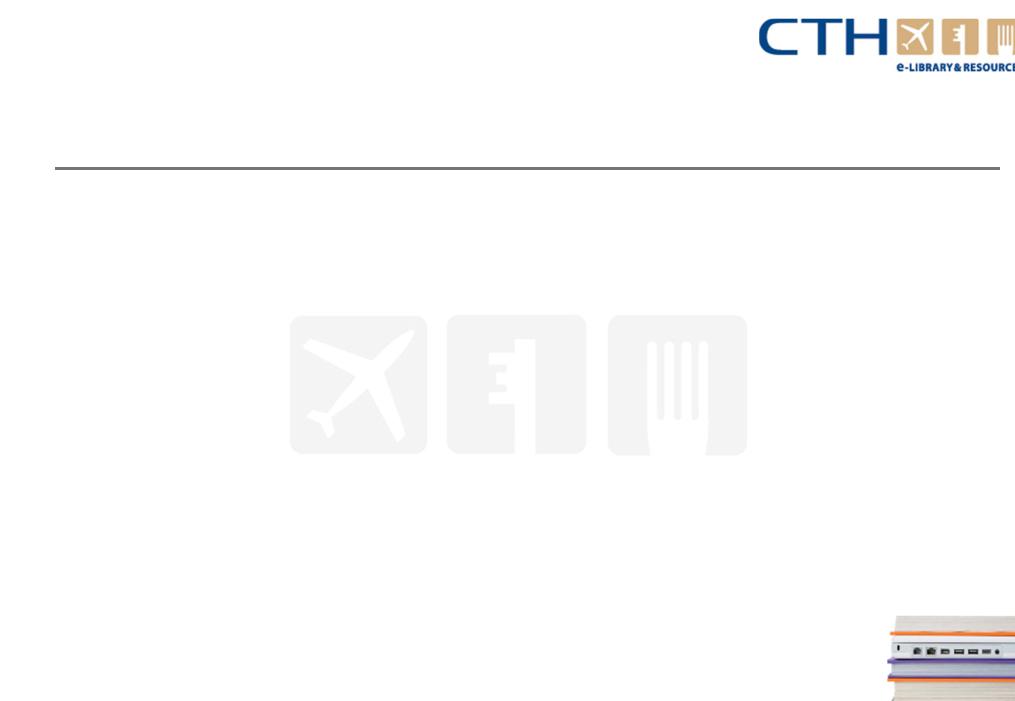
Chapter 3 – Check-in procedures
Receiving and checking-in guests
1.10 Automated or self-service check-in
Some large hotels are now using automated self-service check-in systems to allow guests to check-in outside office hours, or at their leisure, without approaching the reception desk.
●The guest usually inserts a credit card, or types in a credit card number, or inserts a bar-coded booking confirmation slip for scanning.
●The computer system will recognise the credit card or booking number of an advance reservation, and display reservation details on screen for the guest to confirm.
●On confirmation, the screen will display a personalised welcome message, allocate a suitable room type (which guests may also be able to confirm or request a change) and issue a computer-coded key card. The system may also offer a menu of services (such as wake-up calls and newspapers) from which the guest can select. All these details are input to the other relevant records and reports of the Hotel Management System, to show that the guest has arrived, that the room has been allocated, that the services have been requested and so on.
www.cthresources.com |
Page 173 |
|
www.cthawards.com |
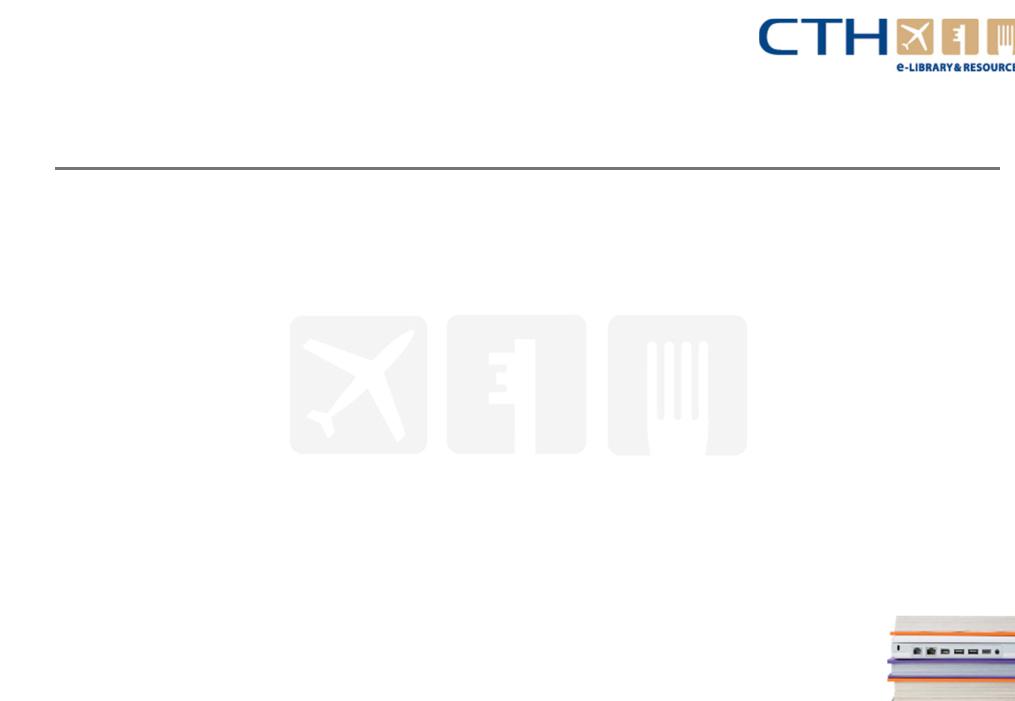
Chapter 3 – Check-in procedures
Receiving and checking-in guests
1.10 Automated or self-service check-in continued…
If the in-coming guest is a 'chance arrival' and does not have a reservation, the system will display a menu of room types/locations available and their rates: the guest can select a suitable room (via the menu or a touch-screen display of the hotel floor plan, say). The machine will then request the insertion or swiping of a credit card, log the check-in, and proceed from there.
Advantages of self-service check-in |
Disadvantages of self-service check-in |
Allows guest arrival outside office hours while saving |
|
the hotel the cost of staffing reception on a 24/7 basis |
No greeting or welcoming of guests on arrival |
Avoids problems of overnight reception: staff safety, |
May alienate older guests, or others who prefer |
boredom, tiredness; security of premises |
human to automated service |
|
May not offer full range of extra services, |
Situation, e.g.. at airports or tourist offices to facilitate |
flexibility and information provided by human |
early, convenient check-in |
Service |
|
May still require separate guest registration, to |
Offers quicker check-in facility if reception is busy |
fulfill legal record-keeping requirements. |
www.cthresources.com |
Page 174 |
|
www.cthawards.com |
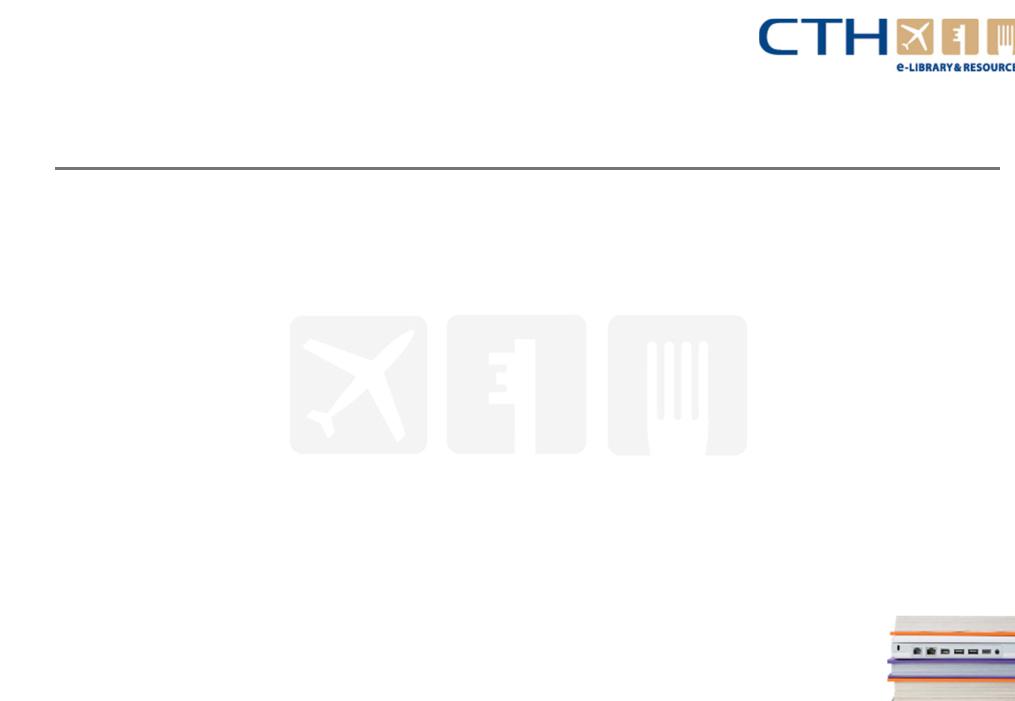
Chapter 3 – Check-in procedures
Receiving and checking-in guests
1.11 Offering additional services on check-in
It is customary to offer certain additional services to guests on check-in, to add convenience and value to their stay. Two of the most common are wake-up calls and newspapers. And also house keeping, roomservices, etc.
However, practices vary widely. It is common in some small motels, e.g.. for reception to provide guests with fresh milk on check-in (due to the high proportion of 'chance arrivals', as well as limited staffing).
Wake-up calls
Nowadays, this facility is less demanded. However, this used to be an important service - and older guests, In particular, may still value it (and a cheerful 'Good morning, this is your requested wake-up call'). In a manual system, the receptionist might simply keep a diary or timetable for wake-up calls, writing in the room number and guest name against the requested call time. The receptionist or switchboard operator could then simply work down the list, ticking off each call as it is made and answered. Of course, there are computerised versions of the same system.
www.cthresources.com |
Page 175 |
|
www.cthawards.com |
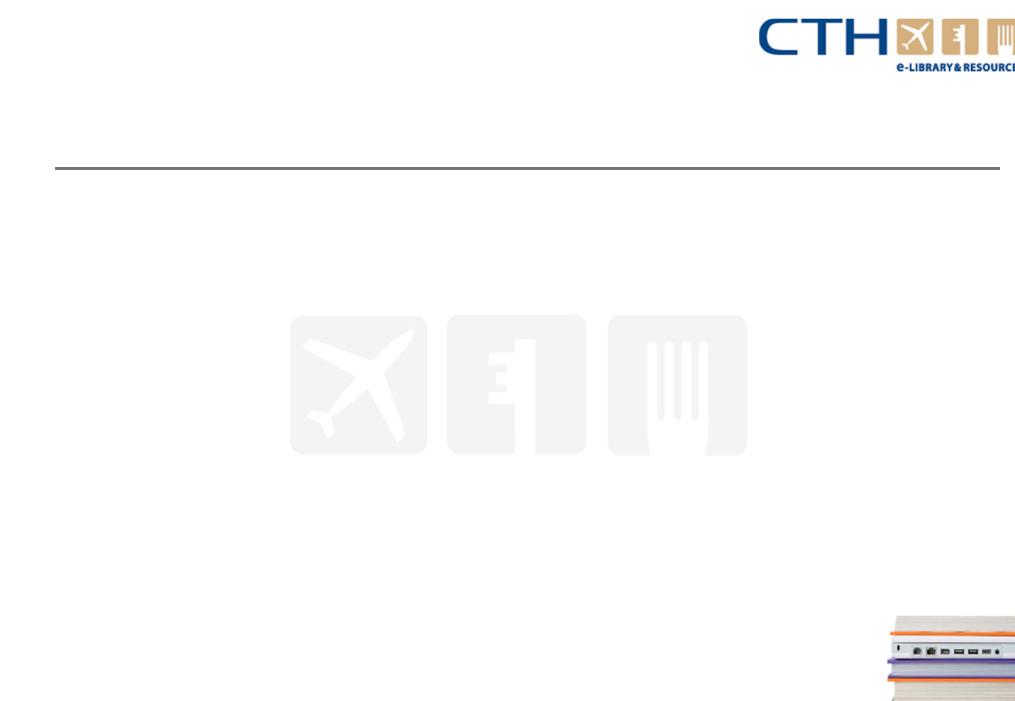
Chapter 3 – Check-in procedures
Receiving and checking-in guests
1.11 Offering additional services on check-in continued…
Newspapers
Similar manual and computerised systems could be used to log the newspaper requests of different guests by room. A hotel would typically offer a small selection of local and national newspapers, which could be ordered from a local distributor for delivery (often together with share copies for the lobby, waiting areas, breakfast room and so on).
www.cthresources.com |
Page 176 |
|
www.cthawards.com |
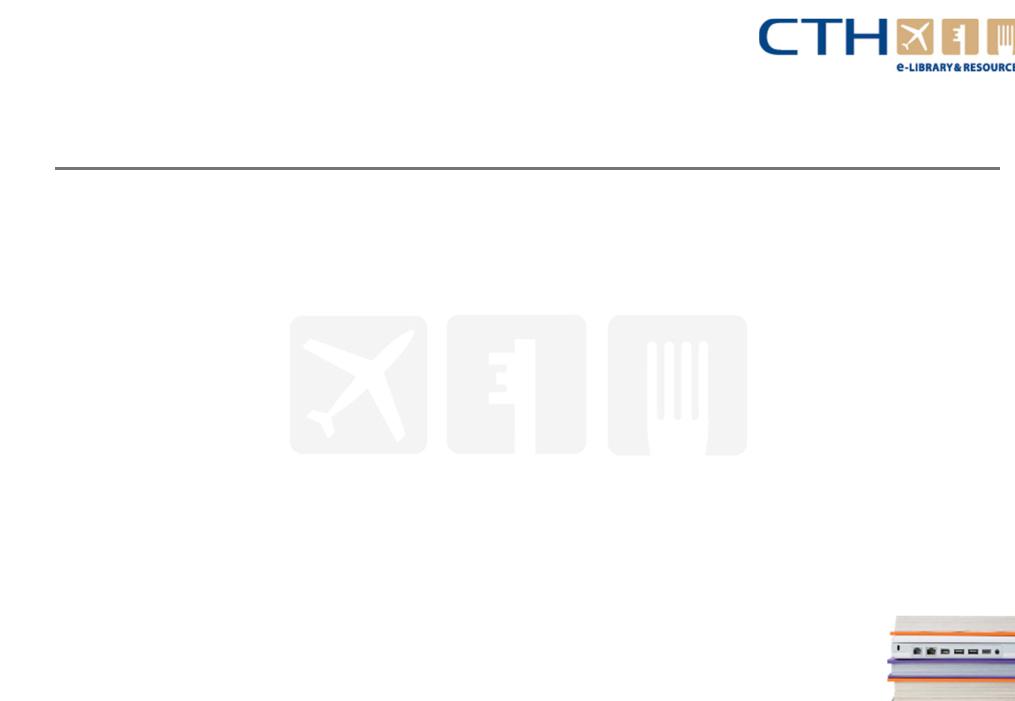
Chapter 3 – Check-in procedures
Receiving and checking-in guests
1.12 Computerised check-in
The receptionist can simply access the reservation record of the arming guest, and print out a registration card containing relevant details. the guest then simply has to confirm and sign.
The system can be interrogated for real-time, up-to-date formation on room status, prior to allocating rooms (as discussed further below). The entire room list can be searched by room type and specific attributes, to 'find' a suitable room - without the operator having to manually sift through the records.
The system can be linked with an electronic key system, which will automatically prepare an electronic key and key card for the guest (and transmit the un-locking code to the electronic device on the room door) on allocation of a room number.
The system will also automatically open an account or 'folio' for the guest, crediting any prepayment or deposit logged, recording the guest's credit card details and so on.
www.cthresources.com |
Page 177 |
|
www.cthawards.com |
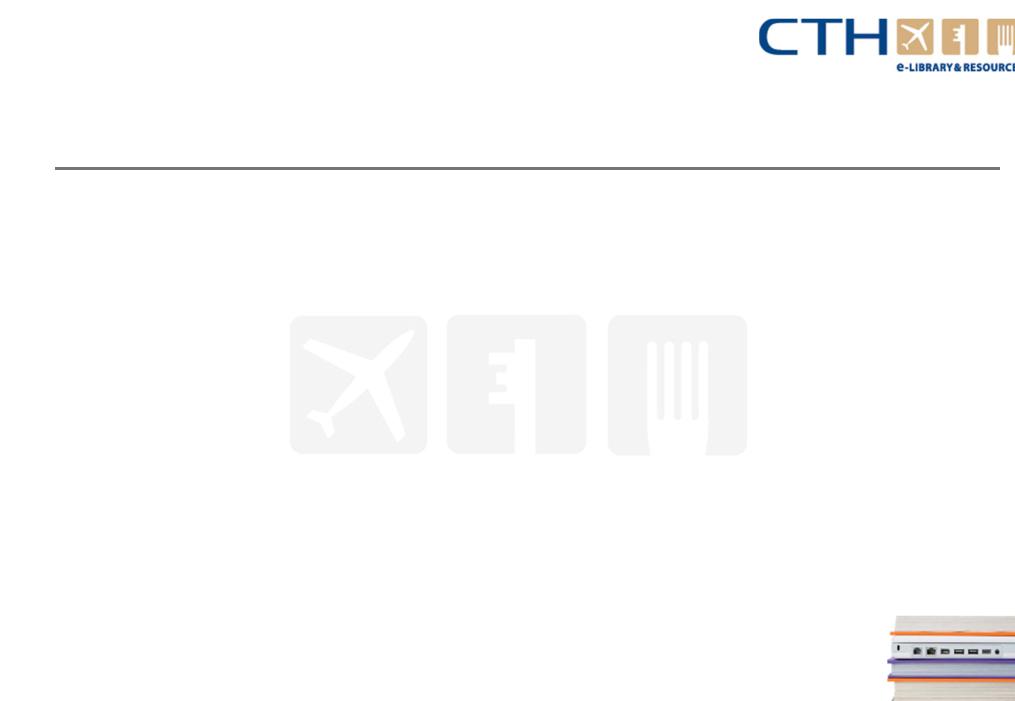
Chapter 3 – Check-in procedures
Monitoring room status
2.Monitoring room status
2.1Checking room status
2.2Manual room status records
2.3Computerised room status records
www.cthresources.com |
Page 178 |
|
www.cthawards.com |
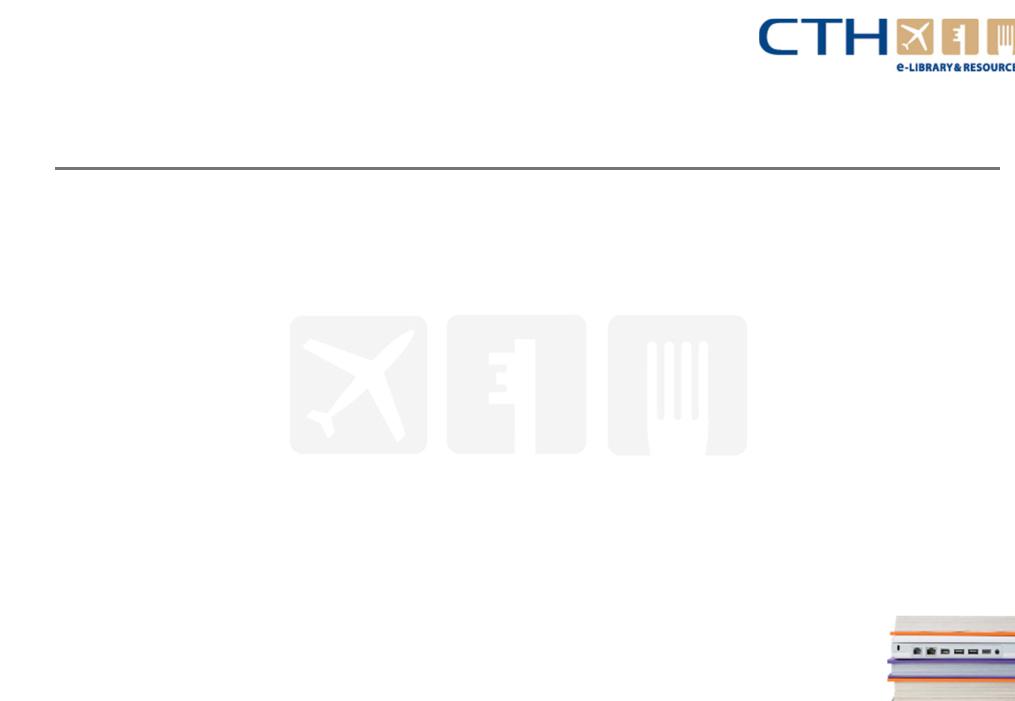
Chapter 3 – Check-in procedures
Monitoring room status
2.1 Checking room status
●What rooms are available, if no specific room has as yet been allocated to the guest.
●Whether the room allocated to the guest (where relevant) is in fact ready for occupancy, that is, not being repaired or cleaned, or not subject to extension of reservation by the previous occupant.
●What rooms are occupied, by whom, for how long (or how much longer) and at what rate
●What rooms will shortly become available (if prospective guests are prepared to be flexible about arrival dates or times).
●What rooms are unoccupied, but unavailable for letting, due to cleaning, maintenance or redecoration activity.
Each time a guest checks-in or checks-out, each time housekeeping or maintenance are active in a room, each time a confirmed reservation (with room allocation) is made, this record needs to be changed!
www.cthresources.com |
Page 179 |
|
www.cthawards.com |

Chapter 3 – Check-in procedures
Monitoring room status
2.2 Manual room status records
For very small establishments, a basic room status log may be kept, showing the current letting position of each room in the hotel for each day.
●A bedroom book /diary with a page for each day, listing all the rooms. Against each room number, the receptionist simply writes in the name of the occupant (if any) for a given night, and the rate being paid. Where there is no occupant listed, the receptionist may add symbols showing: if the room was let the previous night, and is possibly not yet vacated; if the room has been vacated, but is not yet ready to re-Iet; and if the room is vacant and ready to re-Iet.
●A bed sheet (no pun intended) is an alternative method for hotels of up to 100 rooms. A sheet is prepared for each day, listing all rooms against columns marked Departures, Stays and Arrivals. An entry of the name, number of persons, rate and departure date would be made in one of these columns for each occupied room, on each day. Entries would then be copied forward to the next day's sheet, as appropriate, so one day's Arrivals entry would be the following day's Stay entry, and eventually another day's Departure entry - saving having to look up the bookings records
afresh every time.
www.cthresources.com |
Page 180 |
|
www.cthawards.com |
